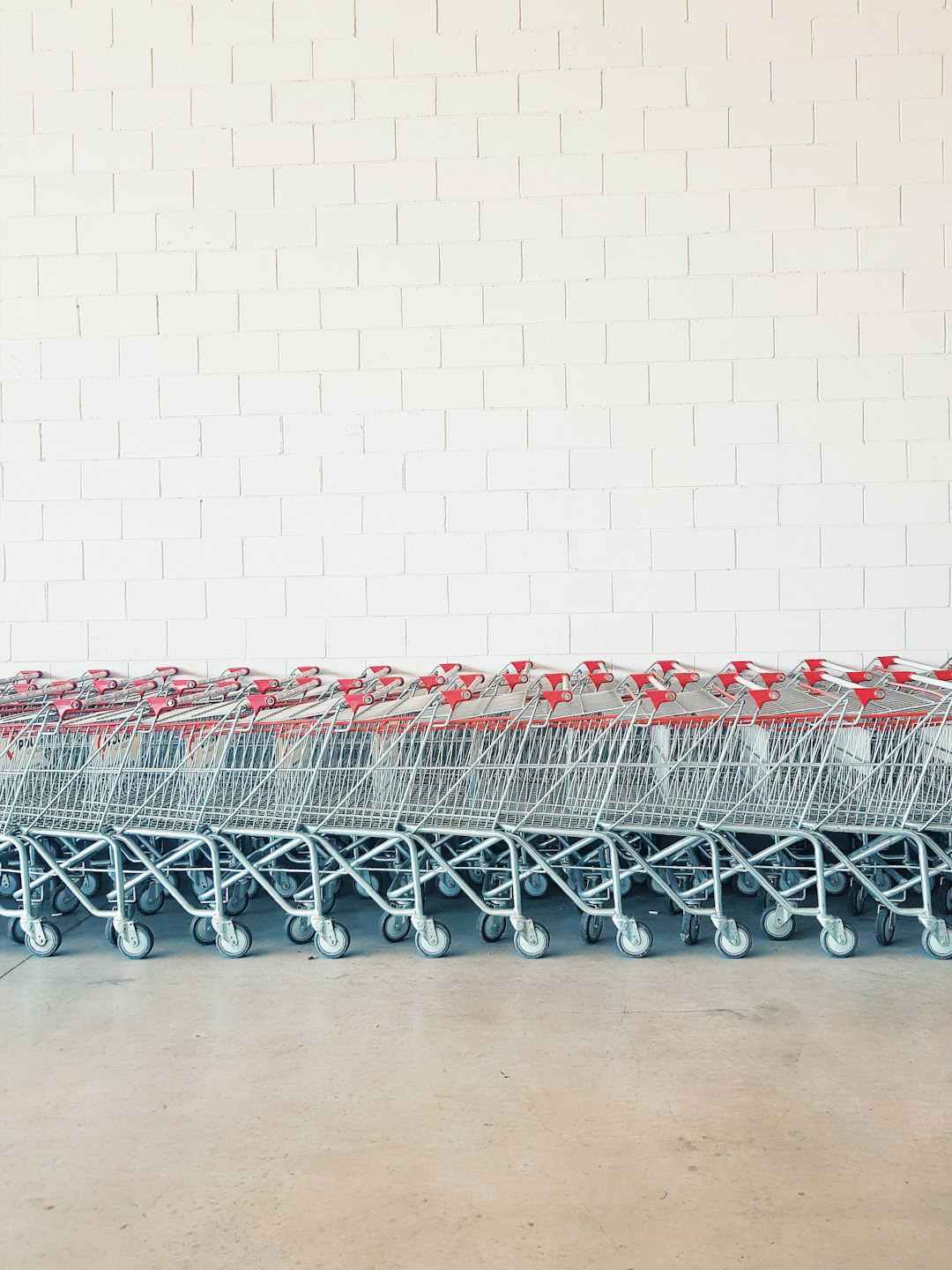The Role of Emotion in Design Thinking
Design thinking is a human-centered approach to innovation and problem-solving. It involves understanding people’s needs, generating creative ideas, and testing and refining solutions. While design thinking is often associated with logic and analysis, emotions play an equally important role in the process.
Emotions are a fundamental part of human experience. They shape our perceptions, influence our decisions, and drive our behaviors. In the context of design thinking, emotions can provide valuable insights into user needs and preferences, inspire creative ideas, and help designers empathize with their target audience.
One of the key principles of design thinking is empathy. By putting themselves in the shoes of the end-users, designers can gain a deeper understanding of their needs, desires, and pain points. Emotions play a crucial role in this process, as they allow designers to connect on a human level with their users. By empathizing with the emotions of others, designers can create products and services that resonate with them on a deep, emotional level.
Emotions also play a critical role in the ideation phase of design thinking. When designers tap into their own emotions, they can generate more creative and innovative solutions. Emotions can spark new ideas, fuel imagination, and drive passion and motivation. By infusing their designs with emotion, designers can create products that are not only functional and practical but also meaningful and inspiring.
In addition to inspiring creativity, emotions can also help designers evaluate and prioritize ideas. By considering how different ideas make them feel, designers can make more informed decisions about which concepts to pursue and which to discard. Emotions can act as a compass, guiding designers towards solutions that are not only technically feasible but also emotionally resonant.
Emotions can also play a crucial role in the prototyping and testing phases of design thinking. By observing how users interact with prototypes and collecting feedback on their emotional responses, designers can refine their designs to better meet user needs. Emotions can reveal hidden insights and highlight areas for improvement that may have been overlooked.
Overall, emotions are a powerful tool in the design thinking process. By harnessing the power of emotions, designers can create products and services that are not only functional and user-friendly but also deeply meaningful and impactful. Emotions can drive creativity, inspire empathy, and guide decision-making, ultimately leading to more human-centered and successful designs.
One recent example of the role of emotion in design thinking is the redesign of the user interface for a popular social media platform. The design team recognized that users were feeling overwhelmed and stressed by the constant barrage of notifications and updates. By tapping into their own emotions and empathizing with the users, the team was able to redesign the interface to be more intuitive, user-friendly, and emotionally engaging.
The new design featured a streamlined layout, simplified navigation, and personalized recommendations based on user preferences. In addition, the team incorporated playful animations, vibrant colors, and positive reinforcement messages to create a more positive and enjoyable user experience. The result was a significant increase in user engagement, satisfaction, and loyalty.
This example illustrates how emotions can drive design decisions and lead to successful outcomes. By understanding and leveraging the power of emotions, designers can create products and services that not only meet user needs but also evoke strong emotional connections.
In conclusion, emotions are a critical component of design thinking. By tapping into their own emotions and empathizing with the emotions of others, designers can create products and services that are not only functional and user-friendly but also deeply meaningful and impactful. Emotions drive creativity, inspire empathy, and guide decision-making, ultimately leading to more human-centered and successful designs. Emotions are a powerful tool that designers can use to connect with their users on a deeper level and create products that truly resonate with them.















